It’s not often that we come across a director who takes a marketing-type approach in determining the future direction of a school music program. Like a business analyst who is brought into a company to turn a troubled venture around, the idea of surveying students – the “customers” – to determine what is needed in the school – the “marketplace” – can be a key step in creating a successful program. Trends in students’ tastes, preferences, and desires do shift over time and it is increasingly important to analyze and understand these needs in order to design an effective program that will generate the highest level of interest and participation. The basics aspects of an educational music program still apply – including theory, instrumental techniques, music history, and ensemble performance – however, the path to this end isn’t always clear.
This month’s cover director, John Yoon, was given an initial mandate from the administration to implement a competitive marching program in Greenwich, Connecticut in a similar fashion to what they had had in the past. Although this was a reasonable objective, Yoon decided to first determine if there was a need for a marching program based upon the student’s goals, and then ascertain the reasons as to why the previous, once-successful marching band had lost so much steam. Interestingly, Yoon not only asked the students within the music department about why they thought that attendance in the music department was shrinking and the direction they wanted the program to take, but he also solicited opinions from students outside of it as well. The result from this information gathering suggested that the students were more interested in jazz and concert bands rather than marching band. Within this particular community, Yoon determined that if he was going to build a program effectively, he would have to provide the students with what they wanted.
Obviously no music program can cater to every want and desire that students have, as trends and fads can shift so quickly that by the time something new is implemented, it is just a quickly out of style. However, we can’t ignore broader changes in demographics and basic underlying preferences. This is certainly not to suggest that marching bands are in any way caught up in some sort of downtrend; it’s just that, in this isolated situation, Yoon applied the same approach to building a music program that a company would to effectively enter a market – by seeking to understand what the customers want.








